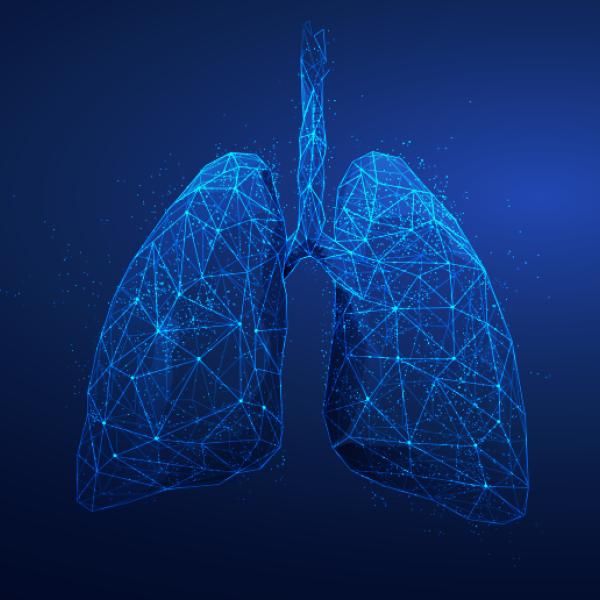With the infinite number of things we touch every day — especially our own faces — the possibility of contracting COVID-19 by touching something presents a valid health risk.
To combat this, a multidisciplinary team of researchers at the Institute of Graphic Communications and Printability (ICI), which is affiliated with Montreal’s Collège Ahuntsic, are working to develop anti-pathogenic inks that will make printed surfaces safer.
Research needed to learn how to apply anti-pathogenic inks in mass markets
“We want to find a way to help the printing industry prevent the propagation of virus on packaging and of contamination in the supply chain,” says Chloé Bois, general manager for ICI and NSERC Industrial Research Chair for Colleges in Functional Printed Applications Manufacturing.
“We plan to integrate small amounts of nanoparticles into inks that can be printed onto any printable surface.” Nanoparticles have a very high potential to limit the growth of viruses or bacteria thereby making any printed surface less prone to virus transmission.
While the team has already demonstrated that this type of ink application works, they need specific equipment to safely create and test for the right formulation at a large enough quantity to be used at an industrial level.
“What we develop has to protect the people inside the factories as well as the end customers.”
New funding from the CFI helps ICI obtain a specialized fume hood it needs to develop a mass-market application.

This is a mammoth task when considering how many different types of surfaces there are in packaging alone: cans, boxes, glass, plastic, and more.
It’s also critical that the ink doesn’t interfere with a product’s branding, or with the other information, such as safety, that must appear on packaging. Additionally, the solution must be economical in order for it to be readily adopted and easy to employ.
“What we develop has to protect the people inside the factories as well as the end customers, and be a tool that can be customized for any application,” says Bois. “It has huge potential to help in the near future, and with the next threat.”






